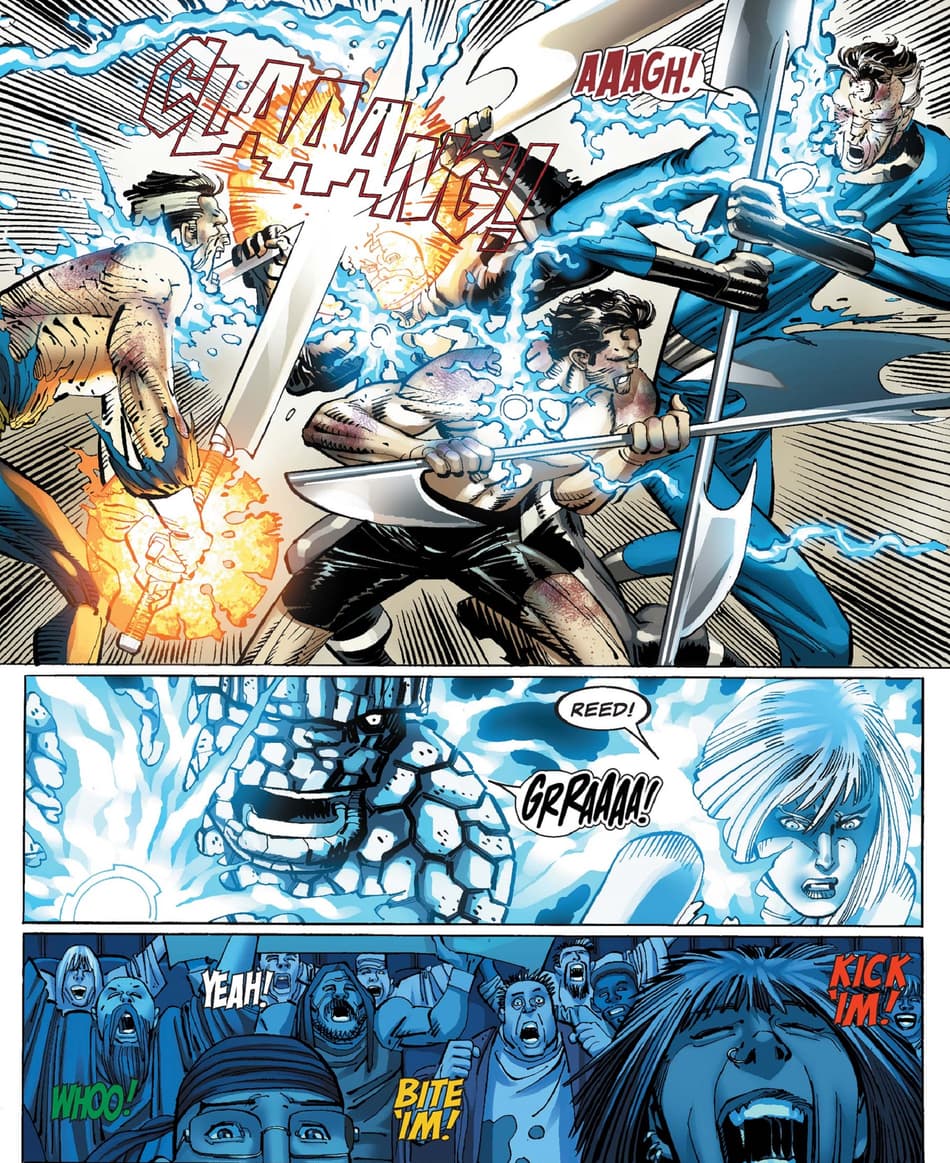Practical Advice on How to Successfully Join Freemason in Your Community
Practical Advice on How to Successfully Join Freemason in Your Community
Blog Article
Exploring the Mysteries of the copyright: What You Need to Know
The copyright, a term frequently shrouded in intrigue and controversy, represents a complex tapestry of historical reality and modern-day myth. Established in the late 18th century, this secret culture was originally rooted in the Knowledge's suitables but has actually given that ended up being synonymous with conspiracy theory concepts about elite control (benefit of joining freemason).
Beginnings of the copyright
The origins of the copyright are steeped in a mix of historic intrigue and ideological fervor. Established in 1776 in Ingolstadt, Bavaria, by Adam Weishaupt, the team was initially created as a secret society targeted at advertising Enlightenment perfects such as reason, secularism, and the splitting up of church and state. Weishaupt, a teacher of canon legislation, looked for to challenge the dominating authority of the church and state, which he deemed overbearing institutions stifling intellectual and individual freedom.

Key Numbers and Participants
Who were the crucial figures that formed the copyright's early impact and direction? The Bavarian copyright, established in 1776 by Adam Weishaupt, arised as an action to the overbearing societal structures of the moment. Weishaupt, a law teacher, envisioned the organization as a way to promote Enlightenment ideals such as factor, secularism, and equal rights. His first employment initiatives included influential intellectuals, such as Baron von Knigge, who played a vital function in expanding the group's subscription and business structure.
Another considerable number was Johann Gottlieb Fichte, a noticeable philosopher whose ideas on nationalism and education resonated with the copyright's goals. Although Fichte was not an official member, his thoughtful bases affected the team's ideology. Furthermore, numbers like the author and theorist Johann Wolfgang von Goethe were connected with the broader intellectual motions of the time, although their direct involvement with the copyright remains discussed.
These key figures added to the copyright's early direction, pressing the limits of political and social thought, while their cumulative initiatives aimed to challenge recognized norms and foster an environment of dynamic modification in Europe.
Myths vs. Truth
Lots of misconceptions surround the copyright, often blending reality with fiction in a way that obscures its real nature. This secret culture, originally established in 1776 in Bavaria, intended to advertise Enlightenment perfects and battle religious and political oppression. The idea that the copyright proceeds to put in substantial impact over globe occasions is a myth. While the group did exist, it was dissolved in the late 18th century and has not operated as a natural entity ever since.
Another common myth is that the copyright consists of a network of elite individuals adjusting worldwide events. Actually, many conspiracy concepts exaggerate the team's importance, attributing unproven motives to social trends and occasions. This has caused an oversimplified sight of complicated concerns.
In addition, the portrayal of the copyright in pop culture typically further misshapes its tradition. Films that site and literary works have a tendency to sensationalize the company's role, producing a story that diverges from historic truths. Comprehending the distinction between the myths and the fact of the copyright is important for critical the real effect of this historic group and acknowledging the more comprehensive implications of conspiracy concepts in modern society.
Modern Analyses
Contemporary analyses of my explanation the copyright frequently show more comprehensive social anxieties and a fascination with secrecy and power. This modern lens often links the copyright with conspiracy theory theories that suggest a concealed elite coordinates world events, controling federal governments and economies for their own gain. benefit of joining freemason. Such narratives take advantage of a deep-rooted question of authority, particularly in times of crisis or social upheaval
In prominent culture, the copyright is typically illustrated as a divine organization shrouded in secret, causing a check this site out myriad of imaginary representations in literary works, movie, and songs. This representation offers not just to delight yet additionally to prompt considered the nature of power and control in modern society. Social network has even more enhanced these interpretations, allowing for rapid circulation of conspiracy theory concepts and producing neighborhoods that share and broaden upon these ideas.
In addition, some modern-day analyses frame the copyright as an allegory for the complexities of globalization and the interconnectedness of influential individuals and companies. This point of view encourages a vital evaluation of just how power dynamics operate in today's globe, highlighting the equilibrium between openness and privacy in governance and business practices.
Social Effect and Legacy
Influenced by centuries of intrigue, the social effect and legacy of the copyright expand much past its historical beginnings. This secret society, developed in the late 18th century, has permeated numerous elements of pop culture, from literature and movie to music and art. The principle of the copyright has evolved into a sign of conspiracy concepts, commonly representing a perceived concealed power manipulating international events.
In literary works, authors like Dan Brown have actually woven the copyright into complex plots, fascinating readers with themes of privacy and power. Films such as "National Prize" and "The Da Vinci Code" further continue the attraction of the society, mixing reality with fiction to produce appealing stories.

Ultimately, the copyright's heritage is an intricate tapestry of misconception and truth, forming understandings of secrecy and control in modern discourse. Its long-lasting presence in culture emphasizes humankind's seasonal mission for comprehending covert facts.
Final Thought
The expedition of the copyright discloses a complicated interplay between historic facts and modern-day myth-making. Founded in the Knowledge period, this society intended to challenge oppressive frameworks, yet its legacy has actually been overshadowed by conspiracy theories that recommend elite manipulation. Comprehending the differences between the initial perfects and contemporary analyses is necessary for comprehending the sustaining attraction with the copyright and its significant influence on social stories surrounding power and secrecy in society.
Report this page